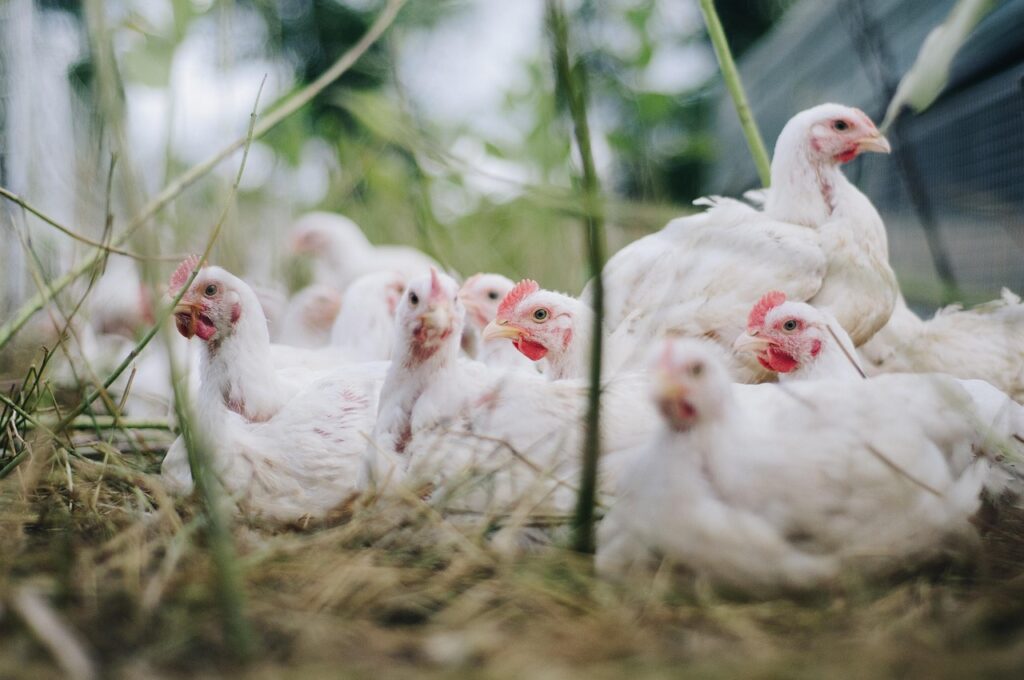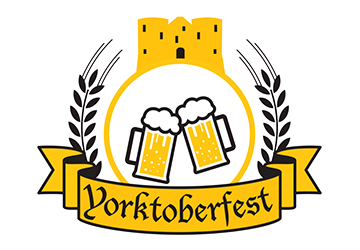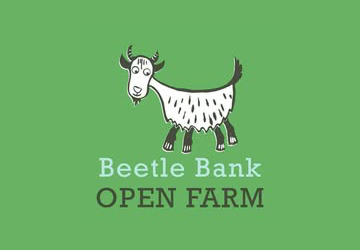Plans for a broiler chicken site capable of housing over 200,000 birds have been approved by East Riding Council. The site is set to be near the village of Brandesburton.
The now approved planning applications sought permission to demolish six existing poultry houses and replace them with four new, modern alternatives. Submitted planning documents explain the existing poultry houses on the Brandesburton Grange Poultry Unit site are currently “not in operation.”
It is said that post development, the site, which is already permitted by the Environment Agency for broiler chicken production, will be able to accommodate a total of 204,000 birds over 11,021 sqm of floor space. Documents also say the site will also be “permanently moving over to the RSPCA assured higher welfare standard.”
Access to the development will be via the existing farm entrance off New Road, which itself connects to Catfloss Lane. The poultry houses will be constructed from a steel frame with Olive Green sheeting.
Planning documents explain the full process and cycle that will take place at the site. It states:
“The use of the development is for the rearing of broiler chickens from day old chicks through to finished table weight. The site operates on a 48-day cycle. Chicks are delivered to the site as day olds on day 1 of the rearing cycle and reared within the buildings for around 38 days. The first batch of birds are removed from the site at around day 30 of the flock (thinning), and the balance are removed at the end of the flock on day 37 and 38.
“Following the removal of the birds, the site is empty for 10 days for cleaning and preparation of the next batch of chicks. The cleaning process includes the removal of the manure which is undertaken with a mechanical loader. The manure is removed directly from the sheds into sealed trailers and removed from the site on a contract with specialist poultry unit cleaning contractors. The manure arising from the farm will be disposed of via biomass power stations as a fuel source.
“Following the removal of the manure, the buildings are washed out with high pressure hoses. Once washed, the buildings are dried using the heating system, and bedded with wood shavings in readiness for the next batch of birds. The site operates with 7.5 flocks of birds per annum.”
By: Andrew Spence, LDRS



































